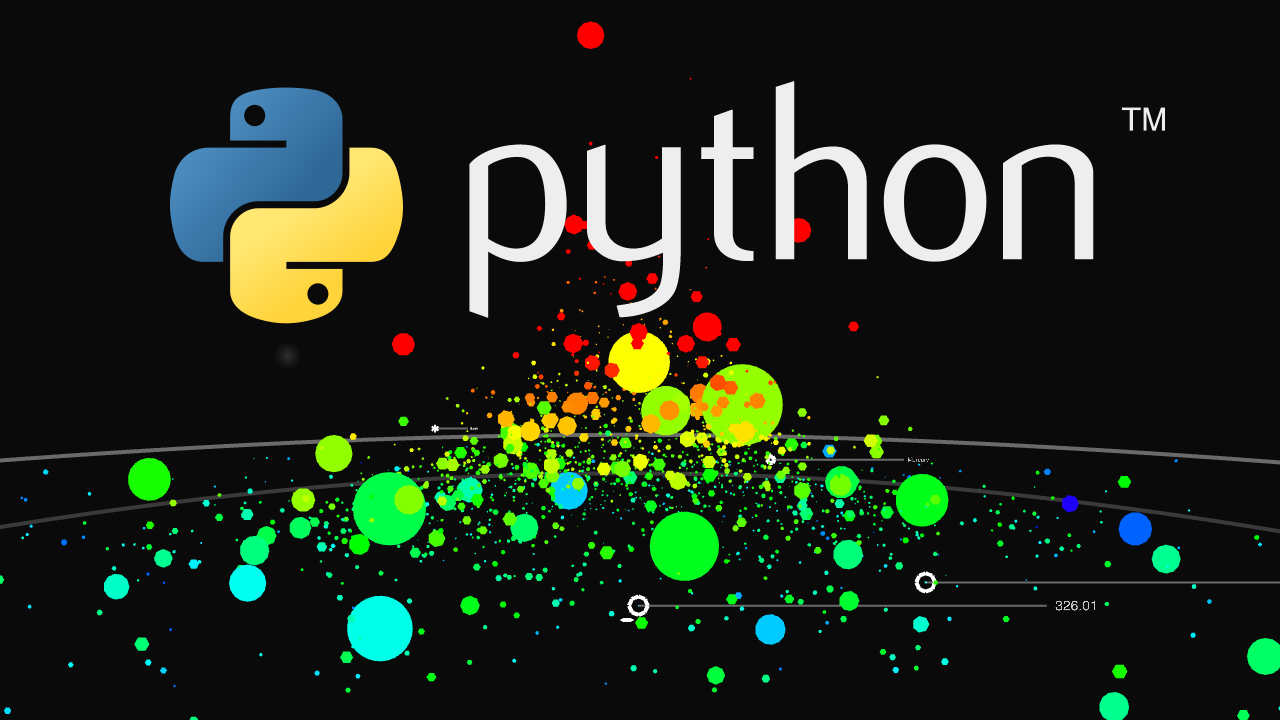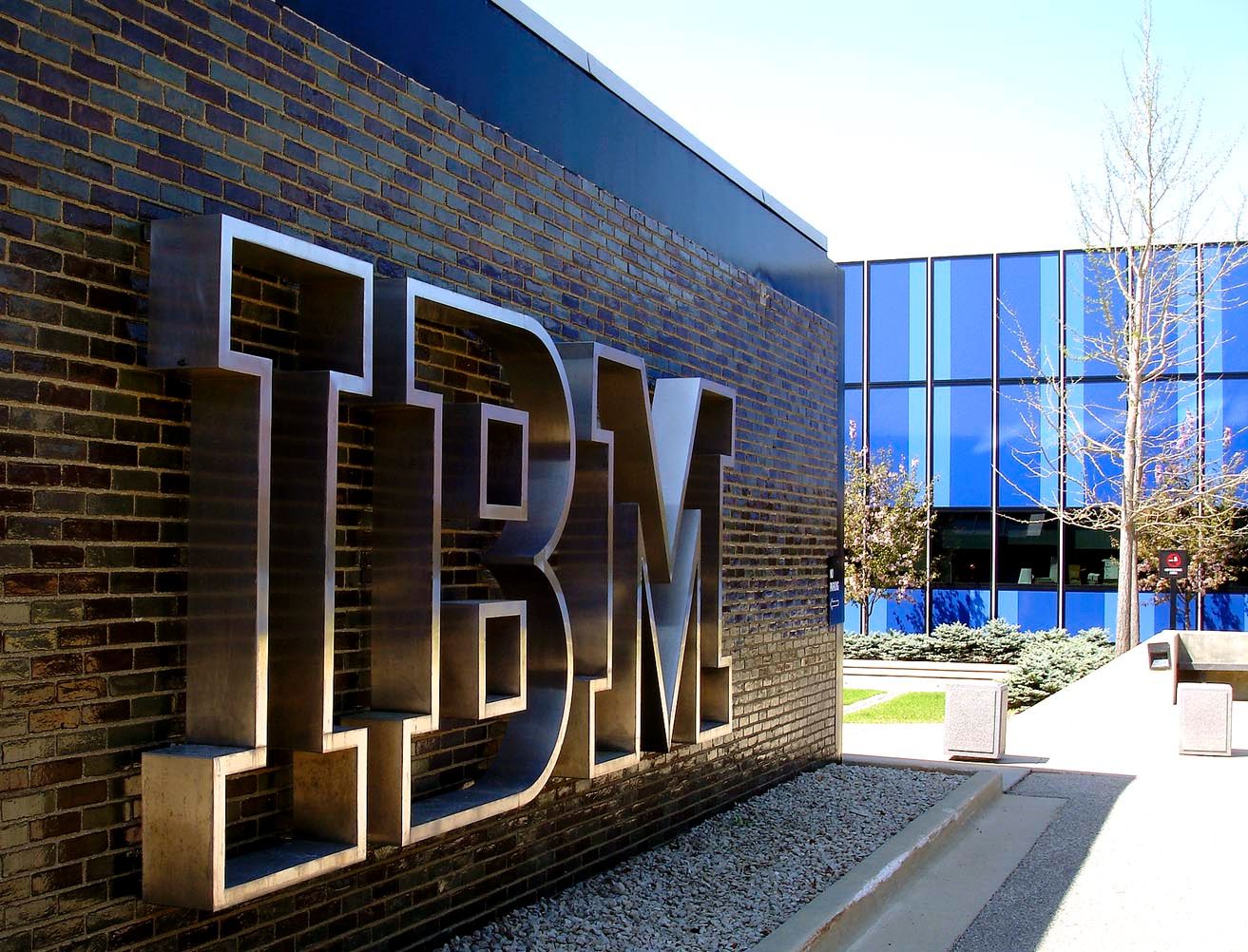
In today’s world, we are surrounded by data. Thousands of terra bytes of data get added to this every day. Some of the sources could be like a Government Aadhaar scheme which attempts to capture, along with other details “biometric” data of the citizens. Or could be that available on-line in the “net”. Internet sources could be like blog, websites and social media networking sites.
With this huge amount of data provide us with a huge potential. For instance while stepping out of a café we might say a few good words out of sheer politeness even if we are not happy or satisfied with the services. However, while recommending it to a friend the feedback is more likely to be more candid. Also, a positive review from a blogger may hold greater value in the psyche of the potential customer than any sales pitch. This is because one is more likely to trust a “share” by a friend than a salesperson.
With the potentials come the challenges. Typically the challenges revolve around a few keywords: volume, variety, velocity, variability, veracity and complexity. To work with them we use multiple set of tools individually and in combination with others.
One such tool is Python. Python is a powerful, flexible, open-source language that is easy to learn, easy to use and has powerful libraries for data manipulation and analysis. It is among the top three along with R and SAS for analytics application. Python’s improved library support (pandas, etc.) has made it a strong alternative for data manipulation tasks.
Python is used in scientific computing and highly quantitative domains such as finance, oil and gas, physics, and signal processing. Python is used in web applications like YouTube and has powered much of Google’s internal infrastructure. From Google to NASA, users love Python for its readable high-level syntax and interoperability with other programming languages and systems. The Numpy and Scipy libraries take advantages of Python’s API to its C source code to deliver blazing fast matrix operations. A new library Pandas (Panel Data Analysis) offers a viable alternative to R’s Data Frame type, allowing R users to quickly pick up Python. The vibrant scientific community around Python is growing rapidly, making Python the strongest competitor to R.
Some comparison between R and Python:
| R is mainly used when data analysis tasks require stand alone computing or analysis on individual servers. | Python is generally used when the data analysis tasks need to be integrated with web apps or if statistics code needs to be incorporated into a production database |
| For exploratory work, R is easier for beginners. Statistical models can be written with a few lines of code. | As a fully fledged programming language, Python is a good tool to implement algorithms for production use. |
Python works on platforms like SPARK which gives it the added dimension of the tool of chose for machine learning. Python is one of the best programming languages out there, with an extensive coverage in scientific computing: computer vision, artificial intelligence, mathematics, and astronomy to name a few. Unsurprisingly, this holds true for machine learning as well.
Python works perfectly well in both collecting data from various online sources on the net as well as processing large amounts of data in “natural language”. This helps corporate (and today even politicians) understand what the online community is thinking about them. In today’s estimate, this could from a significantly vocal sample that would include the thought influencers. NLTK is a leading platform for building Python programs to work with human language data. It provides easy-to-use interfaces to over 50 corpora and lexical resources such as WordNet, along with a suite of text processing libraries for classification, tokenization, stemming, tagging, parsing, and semantic reasoning, wrappers for industrial-strength NLP libraries, and an active discussion forum.
Python has the unique advantage of being they’re across the spectrum of usage for a programming language and at the same time meet the specific and high-end needs of a data scientist.




